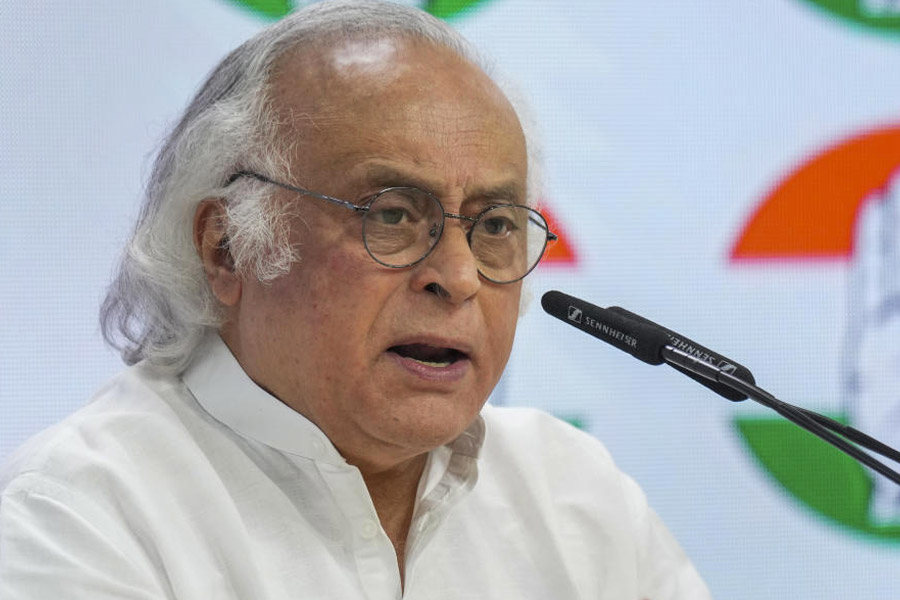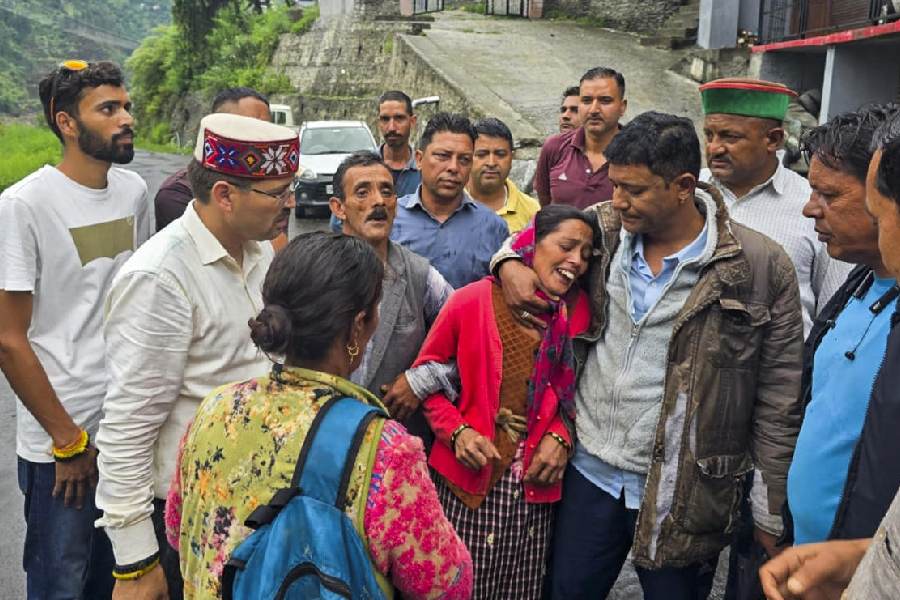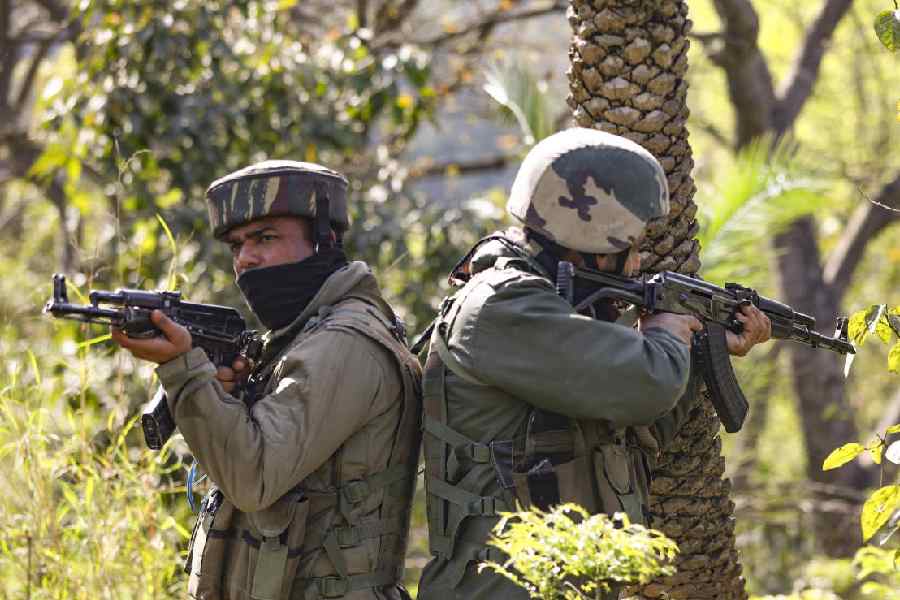 |
| Indian children outside Andrews Air Force base on the outskirts of Washington to welcome Manmohan Singh on Sunday. Picture by Jay Mandal/On Assignment |
Washington, Nov. 23: In Washington, Manmohan Singh, oceans away from home, is discovering that his Prime Minister’s Office (PMO) has a mirror image here.
If the Prime Minister were to walk into the swank upper floor of a distinctive and sprawling building on Washington’s “H” Street, not very far from where he is staying during his four-day visit here, he could easily imagine that his office on Raisina Hill has been renovated and refitted with a modern facade in Washington and that his PMO staff is waiting for him, business as usual.
In one of five spacious cabins that form a cluster on this office floor here, sits B.V.R. Subrahmanyam, his private secretary during his first term as Prime Minister. Subrahmanyam is now a senior adviser to the World Bank.
Across the corridor, in another cabin sits Jawed Usmani, who was a joint secretary in the PMO during Singh’s first term as Prime Minister. Usmani is also now a senior adviser to an executive director in World Bank.
The biggest of the five cabins is reserved for Pulok Chatterji, who was a secretary in the PMO until early this year. He is now the World Bank's executive director for Bangladesh, Bhutan, India and Sri Lanka.
Chatterji, one of the most powerful serving civil servants in India, has a reputation of being low-key and modest. Unlike many others who have been in the offices of successive Prime Ministers, he has preserved his reputation. For those reasons, there is speculation that he may become the next cabinet secretary, although it would mean that his tenure in the World Bank may be cut short.
Before becoming a secretary in the PMO, Chatterji, a 1974-batch Indian Administrative Service (IAS) officer from the Uttar Pradesh cadre, was on deputation for running the Rajiv Gandhi Foundation. He was also officer on special duty to Sonia Gandhi when she was the leader of the Opposition in the Lok Sabha during BJP rule.
These three officers and two others from the IAS constitute the constituency in the World Bank for Bangladesh, Bhutan, India and Sri Lanka. The World Bank is owned by member governments which run the institution through a board of governors: each of the bank’s 185 member countries has one governor.
The governors normally meet annually and review the operations and policies of the institution. But they delegate the day-to-day running of the bank to 24 full-time executive directors, Chatterji being one of them.
Traditionally, India has held the post of executive director for the group made up of Bangladesh, Bhutan, India and Sri Lanka by virtue of being the largest country in the region and its biggest economy.
Although logically this is the South Asian constituency in the World Bank, Pakistan has always been out of it for the obvious reason that it did not want to be represented by an Indian, who could also have a conflict of interest in the role of executive director.
Over many years, it has become a tradition of sorts in New Delhi to send officers from the PMO to the South Asian executive director’s office either in the World Bank or in the International Monetary Fund (IMF).
P.V. Narasimha Rao began this practice when he sent his private secretary, Ratan Watal, an Andhra Pradesh cadre IAS officer, to the IMF where he stayed for five years. Watal later became director-general of the Sports Authority of India.
Ajay Bisaria and R.P. Singh, both private secretaries to Atal Bihari Vajpayee as Prime Minister, were in Washington as advisers in the World Bank executive director’s office for South Asia at the end of their postings in the PMO.
Earlier, Shakti Sinha, who was another private secretary to Vajpayee, held the same post in the World Bank.
When P. Chidambaram was finance minister, his private secretary, S. Krishnan, was also sent to the IMF as adviser to the executive director.











